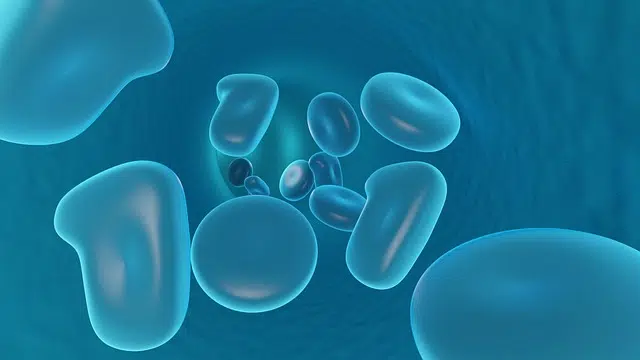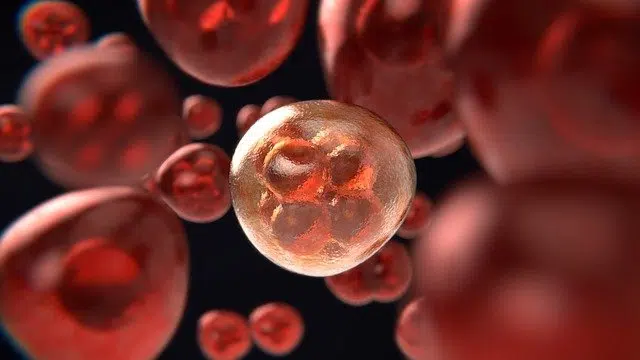
Cellular respiration encompasses different biochemical reactions.
Respiration (from Latin respiratio ) is a physiological process that consists of the exchange of gases with the environment . Breathing involves absorbing air, taking in some of its substances and expelling it after having modified it. The cell , on the other hand, is the fundamental unit of living organisms that has the capacity for independent reproduction.
These definitions allow us to approach cellular respiration , a set of biochemical reactions that takes place in most cells . The process involves the splitting of pyruvic acid (produced by glycolysis) into carbon dioxide and water, along with the production of adenosine triphosphate (ATP) molecules .
A metabolic process
In other words, cellular respiration involves a metabolic process through which cells reduce oxygen and produce energy and water. These reactions are essential for cellular nutrition .
The release of energy develops in a controlled manner. A part of this energy is incorporated into ATP molecules which, thanks to this process, can be used in endothermic processes such as anabolism (the maintenance and development of the organism).
Types of cellular respiration
It is possible to divide cellular respiration into two types: aerobic respiration and anaerobic respiration . In aerobic respiration, oxygen intervenes as an acceptor of the electrons released by organic substances. Anaerobic respiration, on the other hand, does not involve the participation of oxygen, but rather the electrons fall on other acceptors that are usually byproducts of the metabolism of other organisms.
It is important to distinguish between anaerobic respiration and fermentation, which is a process of internal reduction of the processed molecule.

Cellular respiration can be divided into anaerobic and aerobic.
glycolysis
Also known as glucose lysis or cleavage, glycolysis is carried out through nine well-defined reactions , catalyzed by nine different enzymes. At the end of the process, two ATP (adenosine triphosphate) and two NADH (the reduced form of NAD+, nicotinamide adenine dinucleotide) are obtained from each glucose molecule.
The nine phases of glycolysis are detailed below:
1) It all starts with the activation of glucose (glucose + ATP –> glucose 6-phosphate + ADP). A percentage of the energy that is released during the production of glucose 6-phosphate and ADP remains in the bond that relates the glucose molecule to the phosphate;
2) An isomerase catalyzes a reaction that rearranges glucose 6-phosphate, resulting in the formation of fructose 6-phosphate;
3) ATP provides fructose 6-phosphate with a new phosphate, to produce fructose 1,6-diphosphate (fructose with phosphates in the first and sixth positions). This reaction is regulated by the enzyme phosphofructokinase. Up to this point, two ATP molecules have been reversed and there has been no energy recovery;
4) The division of fructose 1,6-diphosphate into two 3-carbon sugars occurs: dihydroxyacetone phosphate and glyceraldehyde 3-phosphate;
5) Oxidation of the glyceraldehyde 3-phosphate molecules takes place, that is, the elimination of hydrogen atoms occurs and nicotinamide adenine dinucleotide (NAD+) is reduced to NADH. This is the first reaction that entails a certain recovery of energy. The compound produced in this phase is phosphoglycerate, which when reacted with an inorganic phosphate gives rise to 1,3 diphosphoglycerate;
6) The reaction of phosphate with ADP forms ATP, two for each glucose molecule, through an energy transfer process known as phosphorphyation;
7) An enzymatic transfer of the remaining phosphate group from position three to two occurs;
8) A water molecule is removed from the 3-carbon compound, which concentrates energy near the phosphate group and produces phosphoenolpyruvic acid (PEP);
9 Phosphoenolpyruvic acid transfers its phosphate group to an ADP molecule and thus forms pyruvic acid and ATP.
